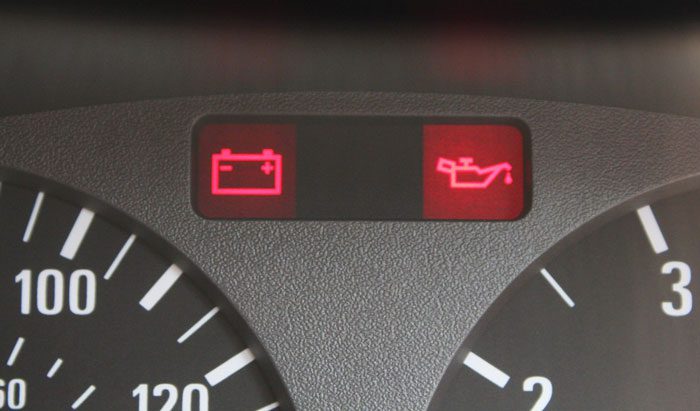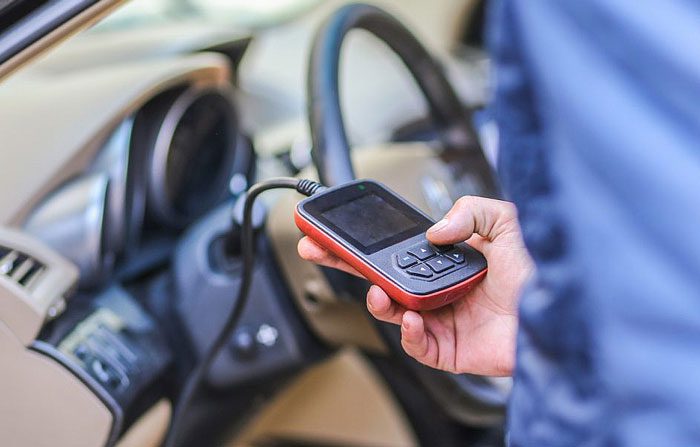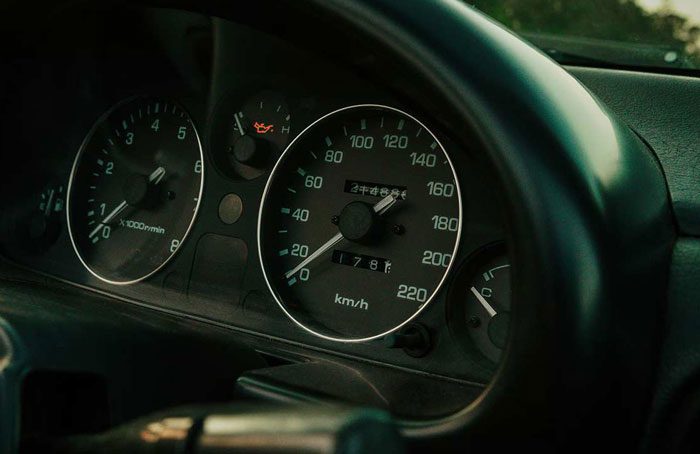How to Reset Low Oil Pressure Light? 3 Easy Methods
A low oil pressure warning light on the dashboard is an unpleasant situation. You changed the oil, and still, this frightening light beaming. So, how to reset the low oil pressure light after you’ve added oil?
You can reset it by 3 methods based on your vehicle. You can do it using a gas pedal method, reset button, or scan tool.
The primary purpose of today’s article is to provide you with a step-by-step guide on resetting the oil pressure light after fixing underlying causes. Let’s go!
How to Reset the Low Oil Pressure Warning Light?
Here, we will show you three methods by which you can reset low-oil pressure lights. Procedures vary based on whether your car has a Vehicle Information Center (VIC).

Method 1: Resetting the Low Oil Pressure Warning Light Using the Gas Pedal Method
One of the approaches to resetting this light in a vehicle is through a series of actions involving the gas pedal. This approach is applicable if your car has no Vehicle Information Center (VIC). For example, it could be a Chevy, GMC, Honda, and Toyota model without VIC.
The technique can vary slightly from one car make and model to another, so it’s crucial to consult your vehicle’s manual for specific instructions. However, we can provide a general guideline that is commonly used.

Step 1: Insert the Key
Insert the key into the ignition and turn it to the “On” position without starting the engine. In this position, various dashboard warning lights, including the low oil pressure warning light, should illuminate.
Step 2: Press the Gas Pedal
Now comes the crucial step. You will need to press and release the gas pedal a specific number of times within a short duration. The exact sequence can vary, so refer to your car’s manual.
Some vehicles may require you to pump the gas pedal 3 times, while others might need 5 or more pumps.
Step 3: Wait for the Light to Blink or Turn Off
After completing the pedal pump sequence, wait for the low oil light to blink or turn off. This can take a few seconds. Once the light goes out, it indicates that the reset was successful.
Step 4: Turn Off the Ignition
Finally, turn off the ignition and remove the key from the ignition switch. You’ve now reset the low oil pressure warning light using the gas pedal method.
This video explains how to reset various oil lights using the gas pedal method.
Method 2: Resetting the Low Oil Pressure Warning Light Using a Scan Tool
A scan tool is a more advanced method for resetting this light. This approach provides precise control over various vehicle systems and warning lights. Here’s how it’s typically done:

Step 1: Obtain a Scan Tool
First, you’ll need an OBD-II (On-Board Diagnostics) scan tool. These tools are widely available and can be purchased online or at auto parts stores. Ensure the scan tool is compatible with your vehicle’s make and model.
Step 2: Locate the OBD-II Port
The OBD-II port in your car is usually located beneath the dashboard near the steering column. Plug the scan tool into this port.
Step 3: Activate the ignition
Insert the key into the ignition and turn it to the “On” position without starting the engine. This provides power to the vehicle’s systems.
Step 4: Access the Scan Tool Menu
Navigate through the scan tool’s menu to find the option for resetting or clearing fault codes or warning lights. The specific location of this option can vary depending on the scan tool model.
Step 5: Select “Reset” or “Clear Codes”
Once you’ve found the appropriate menu option, select “Reset” or “Clear Codes.” The scan tool will communicate with your car’s computer and reset the low oil warning light.
Step 6: Verify the Reset
After resetting, turn off the ignition and disconnect the scan tool. Then, start your vehicle’s engine to ensure the warning light remains off.
This video explains how to use a scan tool to reset various warning lights, including oil lights.
Method 3: Resetting the Low Oil Pressure Warning Light Using the Reset Button Method
The Reset Button Method provides a straightforward way to reset the low oil pressure lamp in some modern vehicles. Here’s how it generally works:

Step 1: Locate the Reset Button
First, locate the reset button on your vehicle’s dashboard. Refer to your car’s manual to pinpoint its exact location, which can vary depending on the make and model.
Usually, it is marked as “Reset” or “Trip” or something similar. Search for it near the speedometer or odometer.
Step 2: Activate the ignition
Insert the key into the ignition and turn it to the “On” position. In this position, various dashboard lights, including the low oil pressure warning light, should be illuminated.
Step 3: Press and Hold the Reset Button
Press and hold the reset button for a specified duration, usually 10-15 seconds. While doing this, watch the low oil light on the dashboard.
Step 4: Monitor the Light
As you hold down the reset button, watch for changes in the oil pressure warning light. Sometimes, it may blink or turn off briefly and then come back on.
Step 5: Release the Reset Button
Once you notice a change in the low oil warning light (usually turning off or blinking), release the reset button.
Step 6: Verify the Reset
Turn off the ignition and then start the engine. If the oil pressure warning light remains off or doesn’t reappear, you have successfully reset it using the reset button method.
It’s important to remember that not all vehicles have a dedicated reset button for the low oil pressure warning light. In case your car lacks this feature, you may need to use one of the other methods mentioned earlier, such as the Gas Pedal Method or a scan tool.
Bonus Tips: How to Prevent Low Oil Pressure Warning Light Beaming
Low oil pressure warning light illuminating means oil pressure isn’t adequate to lubricate and cool your engine. Maintaining proper oil pressure is crucial for your engine’s health and longevity to prevent wear and damage.

Here are some essential tips to help prevent low oil pressure:
- Change Oil Regularly: Check the oil level regularly and follow your vehicle manufacturer’s recommended oil change intervals. Usually, it is advised to change oil every 3000 miles. However, some vehicle owners set this between 11,000 and 15000 miles.
- Use the Right Oil: Always use the oil type and viscosity recommended for your vehicle. The wrong oil can affect oil pressure.
- Check for Leaks: Regularly inspect your engine for oil leaks. Even minor leaks can lead to a drop in oil pressure over time.
- Monitor Oil Level: Periodically check your oil level using the dipstick. If it’s low, top it up to the recommended level.
- Address Warning Lights: If the oil or other warning lights start beaming on your dashboard, fix them quickly. Not paying attention to warning lights can lead to severe engine damage.
- Maintain a Healthy Engine: Regular maintenance, including air filter changes, can help your engine run more efficiently, reducing the risk of oil pressure falls.
- Drive Responsibly: Aggressive driving, such as rapid acceleration and high-speed driving, can generate excess heat in the engine, potentially leading to oil pressure issues. Drive responsibly to keep your engine in good condition.
- Use Quality Filters: Choose high-quality oil filters during oil changes. A good filter can help maintain oil flow and pressure.
- Monitor Engine Temperature: An engine running too hot can lead to oil thinning, affecting oil pressure. Keep an eye on your engine’s temperature gauge.
Final Words
Inadequate oil pressure is a critical warning indicator that should not be disregarded. It means your engine is not receiving enough oil pressure, which could cause serious harm and expensive repairs. You should check and maintain your oil level, quality, and pump regularly to avoid this issue.
When this light appears on your dashboard, you should immediately halt your vehicle and address the underlying problem. After addressing the issues, you have to reset the low oil pressure light if it is not gone.
However, you can easily reset the low oil pressure light by following the methods I have discussed in the article.

